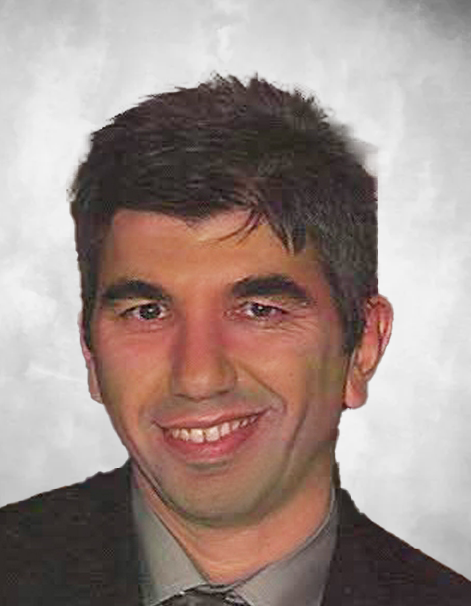Working Groups
The EAACI Working Groups are established as part of the Interest Groups or Sections. Each chair of the Working Group sits automatically as an additional board member in their respective Interest Group or Section board. The EAACI Working Groups represent relevant and growing scientific areas for the academy and have a clear link or common interest to their Interest Group or Sections.
Epithelial Cell Biology
Board 2024-2026
-
Ismail OgulurWG Chair
-
Rodrigo Jiménez-SaizSecretary
-
Jose Antonio Cornejo-GarciaBoard member
-
Yasutaka MitamuraBoard member
-
 Ervin MingomatajBoard member
Ervin MingomatajBoard member
-
Sections
The academy has established the EAACI Sections on Basic & Clinical Immunology, Asthma, Pediatric, Dermatology and ENT. The sections are represented in the Executive Committee by their chairs and have the opportunity to propose task forces as well as joint sessions with appropriate specialised societies. Every 2 years, new board members, chair and secretary and ExCom members are elected.
-
Interest Groups
The EAACI Interest Groups represent an area of more specific interest within allergology. Additionally, Interest Groups provide a focus for scientists and clinicians interested in particular aspects of allergic diseases. The Interest Group forms a focus for discussion at EAACI scientific meetings, provides input to the scientific programme, and can make proposals for the task forces. Every 2 years, new board members, chair and secretary and ExCom members will be elected.
-
Task Forces
Task forces are projects that deal with specific topics that are relevant, controversial or new in the field. All EAACI members can apply for a specific task forces in alignment with the chair and secretary of a specific section or interest group. All task forces are supported by EAACI and have been approved by the Executive Committee.
Task Forces can be found on the Knowledge Hub.